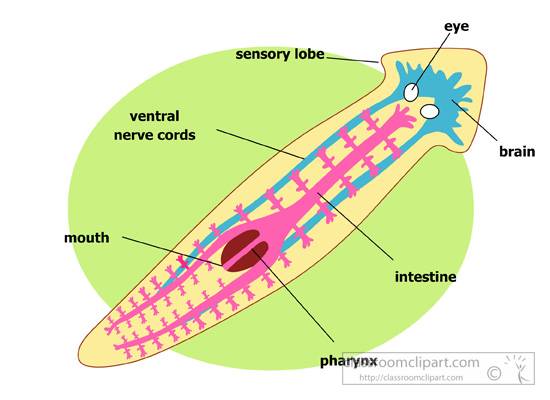

They may carry parasitic nematodes, so Humphrey recommended wearing gloves and digging carefully when trying to catch a hammerhead flatworm. The chemicals can cause skin irritation in humans who handle the flatworm and in pets or other domestic mammals who consume the worms. The species also secretes chemicals through the skin to make themselves noxious to predators. The creatures can reproduce via “fragmentation.” Any portion of the worm that is pinched off can begin to regenerate a new flatworm in about 10 days. “Right now, we’re finding them in lawns and gardens, but if they get bad enough, they’ll migrate to our crops and that would affect soil health.” “Earthworms are crucial for aeration of the soil and breakdown of the soil and things like that,” she said. The hammerhead flatworm could be very detrimental to area agriculture if the population grew too large, since Humphrey said they are known earthworm predators. The Texas Invasive Species Institute reports the body as being narrow, “snake-like” and up to 15 inches long, with 8-12 inches being the most common. It is a terrestrial flatworm, typically honey-colored with one to five dark stripes running the length of the body. in the early 1900s aboard imported landscaping materials. Originating in Southeast Asia, the hammerhead flatworm likely entered the U.S. “It looks like an earthworm, but instead of having a pointy head, it almost looks like the head of a hammerhead shark.”

She had one in her house,” Humphrey said in an interview with the Texas Farm Bureau Radio Network. “A lady messaged me on my Lamar County Ag & Natural Resources Facebook page asking what it was. That’s because the invasive species has never been seen in this part of East Texas before, according to Lamar County AgriLife Extension Agent Jessica Humphrey.

Recent findings of the hammerhead flatworm in Lamar County, located in the northeast corner of Texas, have area Texas A&M AgriLife Extension Service specialists concerned.


 0 kommentar(er)
0 kommentar(er)
